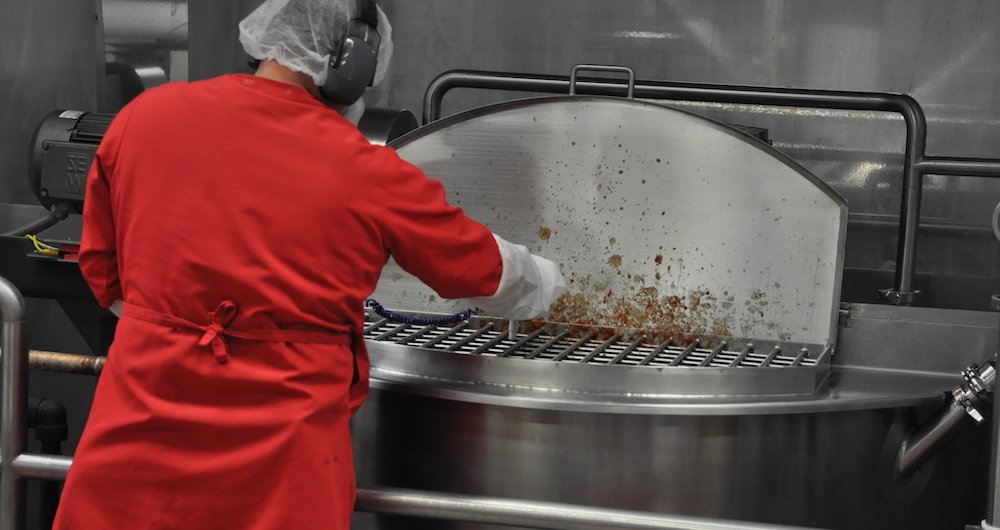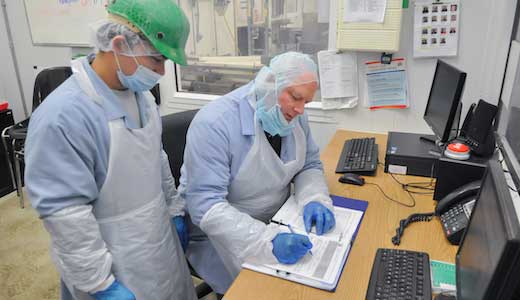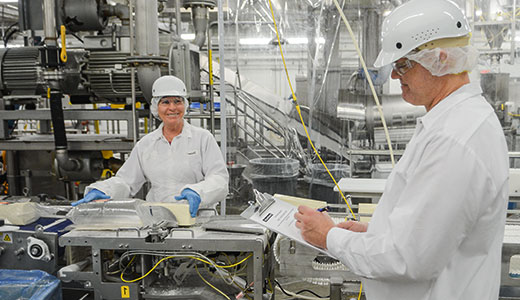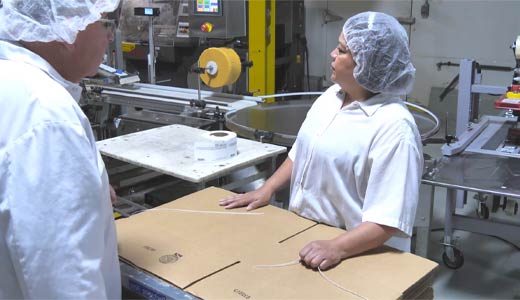Posted by Zosi Team

Food processors who fall under the Intentional Adulteration Rule (IA Rule) must conduct a vulnerability assessment as part of their food defense plan. A vulnerability assessment measures potential public health impact (e.g. severity and scale), degree of physical access to the product, and the ability of an inside attacker to successfully adulterate your products.
In this blog, we’ll look at the easiest method to conduct the vulnerability assessment – by considering key activity types. Key activity types are FDA-identified categories of food manufacturing processes that are most vulnerable to intentional adulteration.
Food Defense Key Activity Types
There are four key activity types:
Bulk Liquid Receiving and Loading
Bulk liquid receiving and loading focuses on bulk liquid receiving at the facility from an inbound conveyance, including opening the inbound transport vehicle, opening venting hatches or other access points, attaching any pumping equipment or hoses, and unloading the bulk liquid. It also includes outbound conveyances such as opening the outbound transport vehicle, attaching any pumping equipment or hoses, opening any venting hatches at the facility. Here, the focus of the IA rule is on the process steps related to the movement of liquids between the facility and the transport vehicle, like hoses and vents. These parts of the process present areas in which an adulterant could be introduced.
Liquid Storage and Handling
Liquid storage and handling includes both bulk and non-bulk liquids in storage silos and other tanks at the facility. This key activity type includes activities such as handling, metering, surge, or other types of intermediate processing tanks used to control flow rates of liquid ingredients or products through the production system. If storage containers have a tamper-evident seal in place, they are not included in this key activity type. This key activity type also covers instances where the container itself is used as a storage or handling tank.
Secondary Ingredient Handling
Secondary ingredient handling involves the staging of secondary ingredients or opening tamper evident ingredient packaging and moving the ingredients to the production area in advance, preparation of secondary ingredients, addition of secondary ingredients, and the removal of clean, unadulterated food from processing for reasons other than insanitary conditions (I.e. rework product). Secondary ingredient handling also includes storage of partially used containers of secondary ingredients where the tamper-evident packaging has been opened. Remember, this key activity type focuses on areas where people have access to product.
Mixing and Similar Activities
The final key activity type is mixing or similar activities which include actions that would create a consistent distribution of an adulterant into the product. This could include mixing or blending a powder, dough, or liquid ingredient together, homogenizing, grinding, shredding cutting, or coating a powder or liquid onto the surface of the product. With this key activity type, process steps that result in mixing are included even if mixing is not the primary purpose of the process steps. For example, a roasting step that includes agitation would result in mixing and would align with the “mixing and similar activities” key activity type.
Conclusion
Your food defense plan must incorporate a thorough vulnerability assessment. In fact, understanding how to effectively conduct such an assessment is a key factor in becoming a Food Defense Qualified Individual. To learn more about food defense and how you can become an FDQI, consider Zosi’s library of online food defense training.



 Food Defense Manager
Food Defense Manager
 Food Defense Supervisor Awareness
Food Defense Supervisor Awareness
 Food Defense in 15
Food Defense in 15

